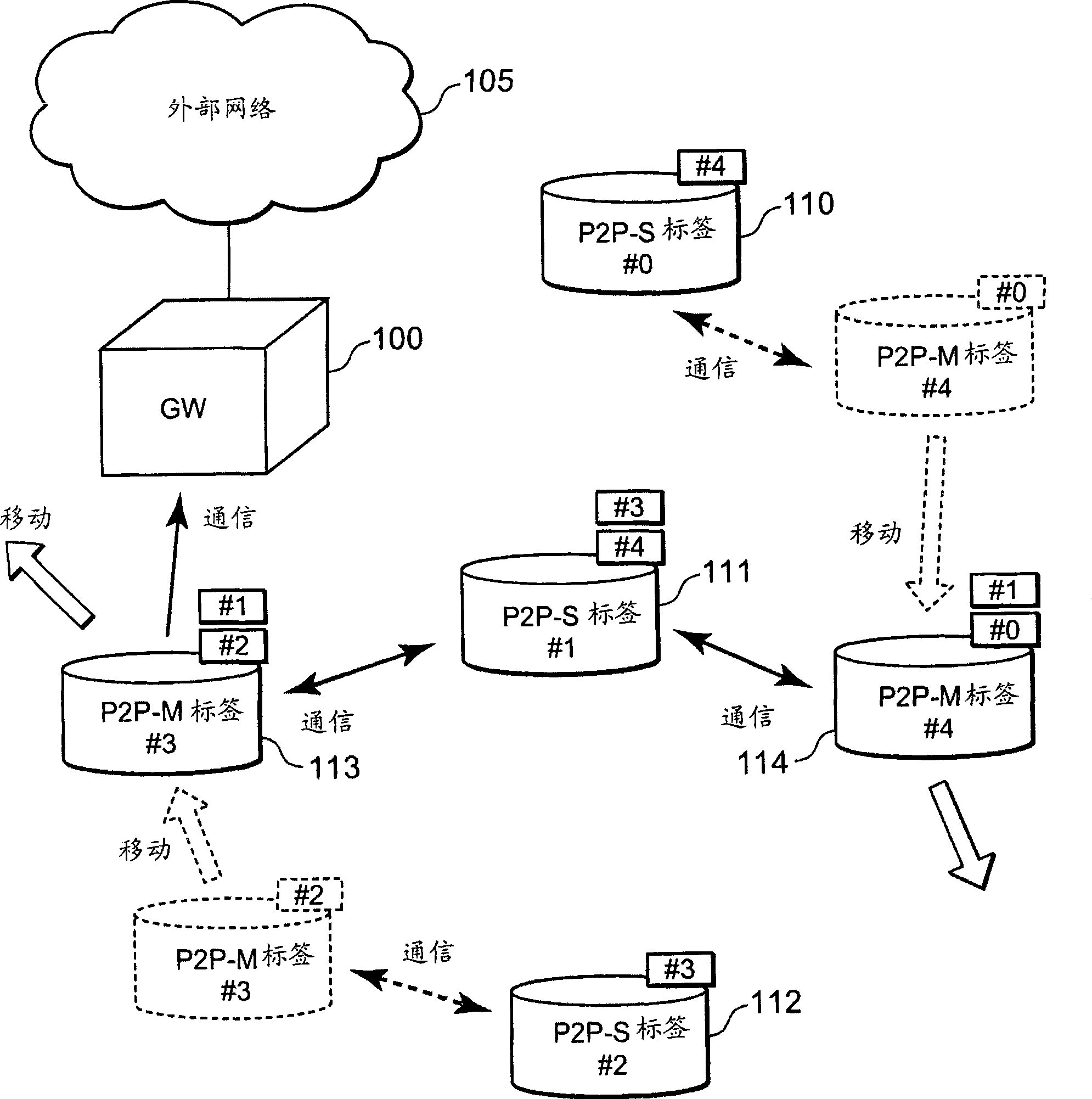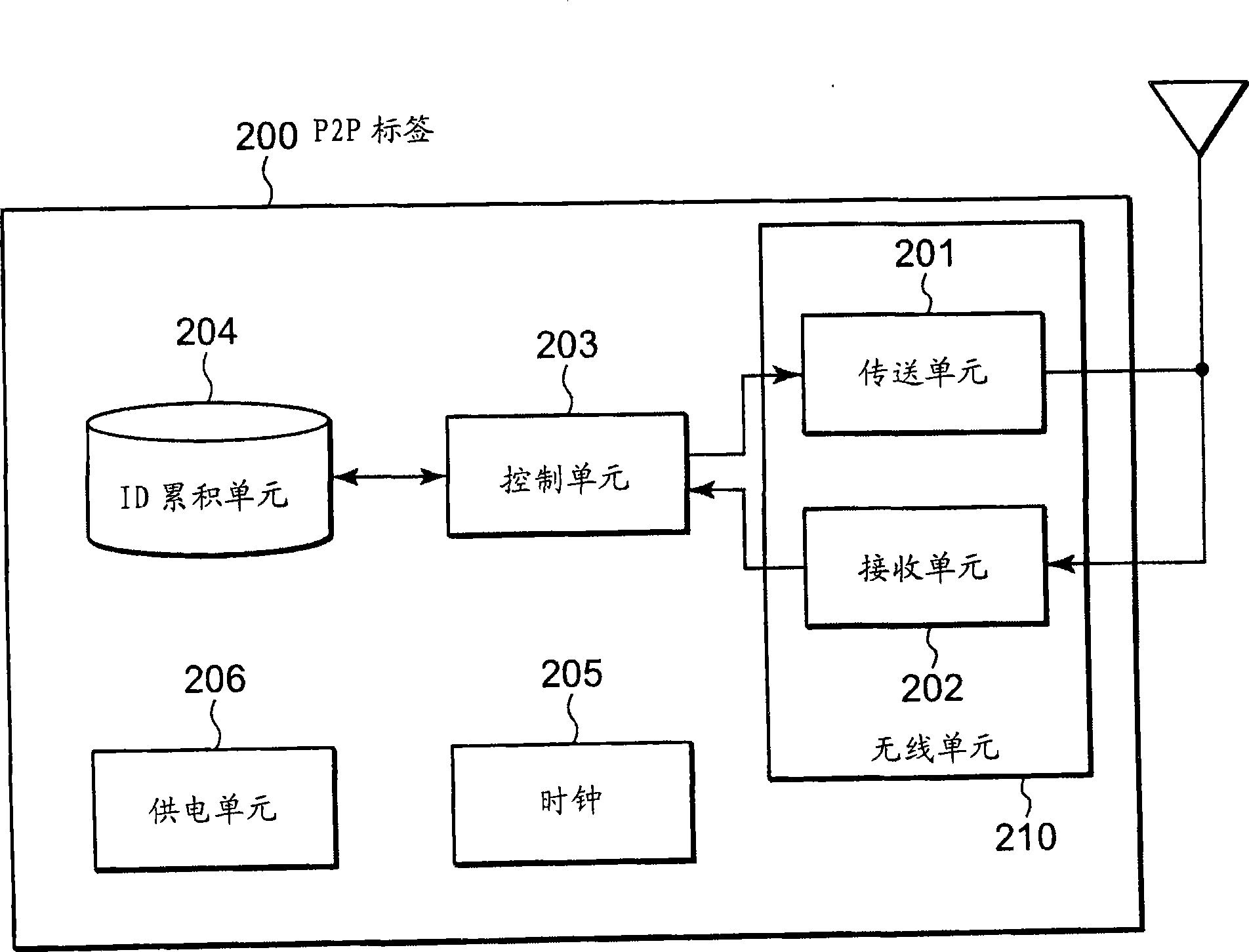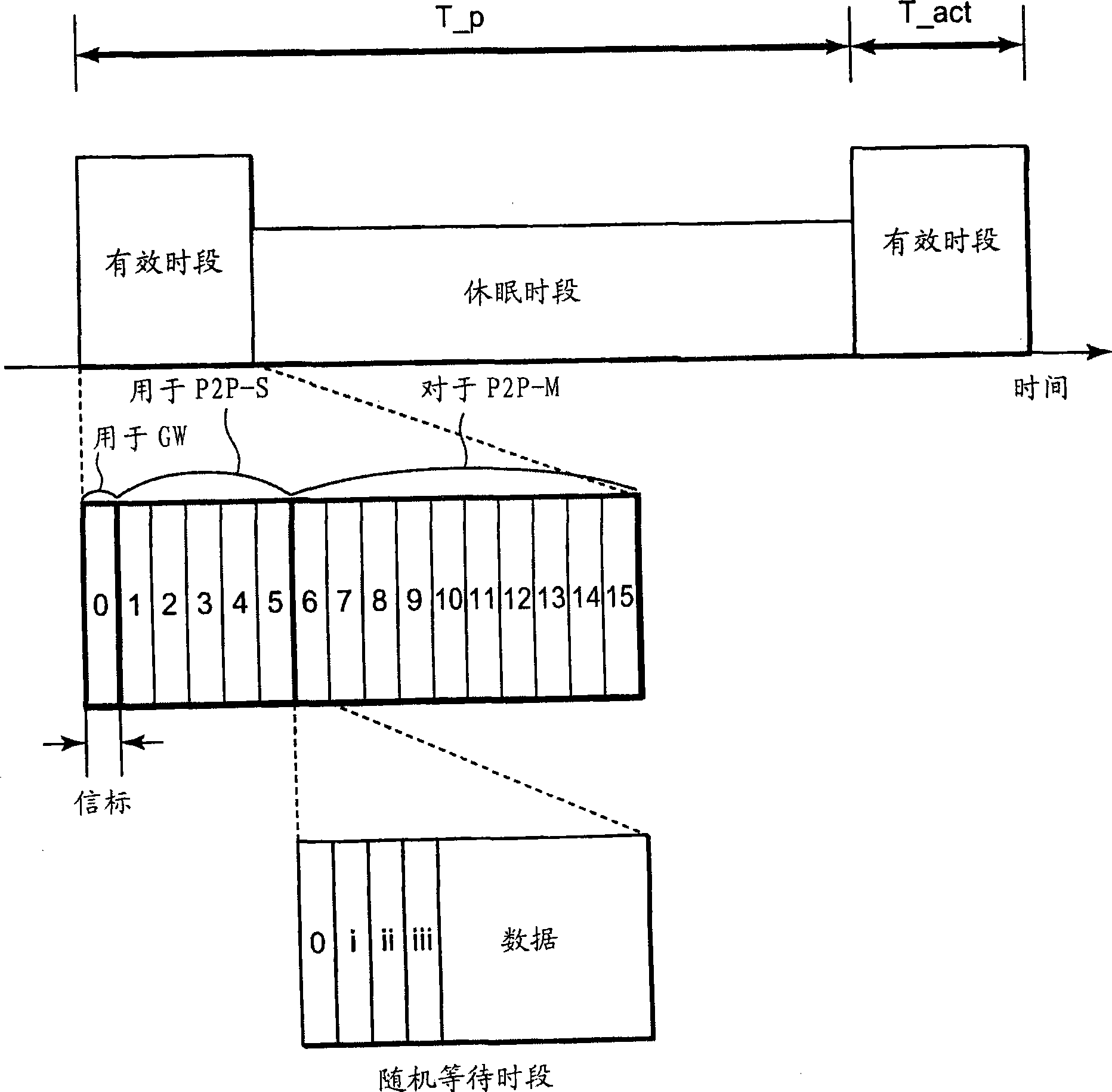Wireless communication system, communication control method and communication node
A wireless communication system and wireless node technology, applied in the field of wireless communication systems, communication control methods and communication nodes, can solve the problems of occupation, inability to guarantee reliable maintenance of wireless communication routes, difficult access control, etc.
- Summary
- Abstract
- Description
- Claims
- Application Information
AI Technical Summary
Problems solved by technology
Method used
Image
Examples
no. 1 example
[0126] First, refer to figure 1 , a description will be given about a communication system including different types of wireless nodes in the first embodiment of the present invention. figure 1 is a schematic diagram showing an example of a communication system including different types of wireless nodes in the first embodiment of the present invention.
[0127] figure 1 The communication system shown in includes a gateway (GW) 100 and a plurality of wireless nodes (wireless tags) 110-114. The GW 100 is connected to an external network such as the Internet via wired / wireless means, and it is a communication node that can communicate with the external network 105 . Ideally, the GW 100 is fixed at a location where power required for operation can be supplied via a given wiring.
[0128] On the other hand, each of the wireless tags 110 to 114 is a battery-driven small wireless tag (active electronic tag), and it is a communication node that can transmit and receive frames, ...
no. 2 example
[0192] Next, a description will be given about a second embodiment of the present invention. Figure 9 is a schematic diagram illustrating a wireless communication network including a plurality of nodes 1 to 4 in the second embodiment of the present invention. exist Figure 9 In , each of the plurality of nodes is a wireless communication node that can directly communicate with other nodes present in the vicinity (within the wireless propagation range) of each of the nodes 1 to 4 . Each of the nodes 1 to 4 can change the node with which it can communicate when it moves. Nodes 1 to 4 may be mobile, or may be fixed.
[0193] Nodes 1 to 4 are nodes that perform wireless communication, as described above. Each of these nodes is a node that automatically starts and stops a receiver (may be referred to as "Rx" hereinafter) of a wireless unit. In the schedule of starting and stopping, by performing synchronization between nodes, each node can have the same schedule.
[0194] Eac...
PUM
 Login to View More
Login to View More Abstract
Description
Claims
Application Information
 Login to View More
Login to View More - R&D Engineer
- R&D Manager
- IP Professional
- Industry Leading Data Capabilities
- Powerful AI technology
- Patent DNA Extraction
Browse by: Latest US Patents, China's latest patents, Technical Efficacy Thesaurus, Application Domain, Technology Topic, Popular Technical Reports.
© 2024 PatSnap. All rights reserved.Legal|Privacy policy|Modern Slavery Act Transparency Statement|Sitemap|About US| Contact US: help@patsnap.com










